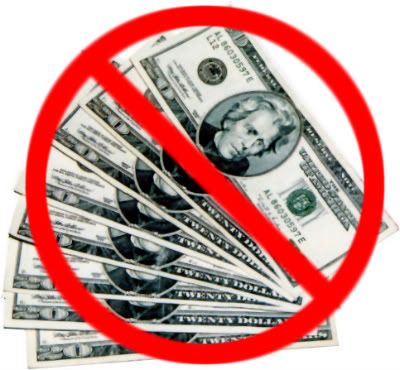
Some of you may know that I am an avid poetry reader. It is a passion my mother instilled in me at an early age by reading me her favorites, like Blake and Shakespeare and Keats, when I was a kid. But the poetry collections to be found in my childhood home were not nearly extensive enough, and much of my library time as a kid was spent digging through old poetry volumes looking for new and interesting things. Beyond the esteemed Langston Hughes, African American poets were not very well showcased in the sricki household when I was younger. My mom was a British literature addict, so you were much more likely to find D. H. Lawrence on our shelves than Maya Angelou. While it was unfortunate in many ways that there was a general paucity of poetry authored by African Americans in my home growing up… at the same time it enabled me to make many an exciting discovery as I sought out new poetic frontiers.
I could ramble about poets all week, but for now I thought I’d just showcase three of my favorite African American poets. The three you’ll find below are certainly very widely known, but I steered clear of Angelou and Hughes specifically because they are so well known by evvvvvverybody. Maybe not everyone is as intimately familiar with Paul Laurence Dunbar, Phillis Wheatley, and Countee Cullen. All three are of tremendous historical importance, authors of stirring poetry, and were taken from this world far too soon (all before the age of 45).







 We all experience anxiety from time to time. In “normal” amounts, it is a healthy feeling which warns us of potential dangers or motivates us to get things done. A moderate level of anxiety may in fact
We all experience anxiety from time to time. In “normal” amounts, it is a healthy feeling which warns us of potential dangers or motivates us to get things done. A moderate level of anxiety may in fact 
